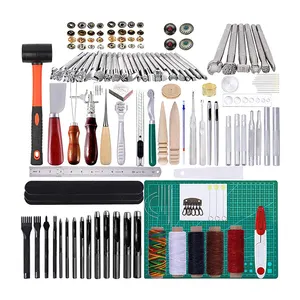
RTS L-010 148 Pcs Leather Tools Kit Leather Craft Sewing Stitching Punch DIY Leather Tool

High Quality PU Synthetic Leather Fabric New Design With Finished Pattern Waterproof Costumes Garments Gloves Skirts Pillows






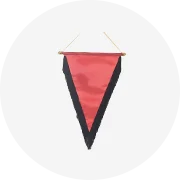
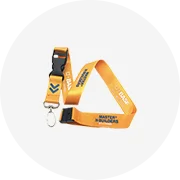
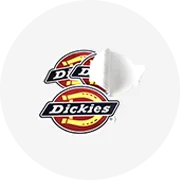
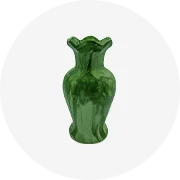
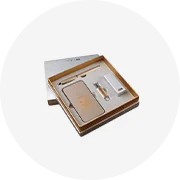
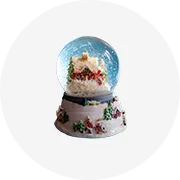
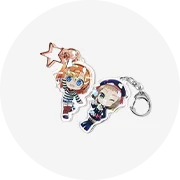
Leather crafts encompass a broad array of products and projects made from leather, a durable and flexible material created by tanning animal hides. The art of leather crafting dates back to prehistoric times when early humans sought to use every part of the animals they hunted, finding that the skins could be fashioned into clothing, footwear, and shelters. Today, leather crafts cater to a vast market including individuals with a penchant for DIY projects, artisans, and businesses involved in the production of leather goods such as handbags, furniture, accessories, and more.
The practice of leather crafting involves various techniques like cutting, dyeing, sewing, stamping, and embossing to transform hides into both functional items and decorative pieces. It requires a certain level of skill and an understanding of the material's properties to ensure the final product is both aesthetically pleasing and durable. Crafters and manufacturers benefit from leather's unique characteristics such as its resistance to abrasion and wind as well as its ability to be molded and retain shape over time.
Leather crafts are not just about the end products; they are a form of expression and craftsmanship. Those engaged in leather crafting take pride in the tactile experience of working with their hands and the scent of the leather as they create goods that can last a lifetime with proper care. Whether it's for personal use or for commercial purposes, leather crafts hold an esteemed place in the marketplace due to their timeless appeal and enduring quality.
The world of leather crafts is diverse, with each type serving different needs and preferences. Among the many varieties are:
Craft Tools Sets: These are essential kits for anyone interested in leatherworking. They include various tools needed for cutting, punching holes, setting rivets, and adding decorative touches to leather projects.
Upholstery Leather: This type of leather is specifically designed for furniture such as sofas and chairs. Its durability makes it suitable for daily use while providing comfort and adding elegance to living spaces.
Handbags and Accessories: Leather is widely used in fashion for creating handbags, wallets, belts, and other accessories that combine functionality with style. These items often become more attractive over time as the leather develops a patina.
Custom Tooled Belts: These belts are made using a tooling process that involves carving designs into the leather. They offer a personalized touch often sought after in western fashion or by those desiring a unique accessory.
Footwear: Leather's sturdiness makes it an excellent material for shoes and boots that can withstand daily wear while offering comfort and style.
Garments: Leather jackets and coats are popular for their windproof qualities and fashion statement. They range from casual wear to high-end fashion items.
Selecting the appropriate leather craft requires careful consideration of several factors, particularly when purchasing at a wholesale level for business purposes. Here's what businesses should keep in mind:
Material Quality: The type of leather matters greatly; genuine leather offers longevity whereas PU (polyurethane) can be chosen for more cost-effective solutions without sacrificing too much on appearance.
Craftsmanship: The skill level involved in creating the item can affect its durability and aesthetic appeal. Businesses should seek crafts that demonstrate meticulous workmanship.
Purpose: It's imperative to match the type of craft with its intended use. For instance, upholstery leather should be abrasion-resistant for furniture while accessories may prioritize fashion over function.
Customization Options: Businesses often require customization to meet specific needs or branding objectives. Suppliers offering OEM (Original Equipment Manufacturer) or ODM (Original Design Manufacturer) support can provide this flexibility.
Features: Additional features like water resistance or anti-mildew properties may be necessary depending on the product's intended environment or use case.
Alibaba.com stands out as a global marketplace connecting businesses with a vast selection of suppliers offering an extensive range of leather crafts suitable for various commercial applications. With over 200 million products listed by numerous suppliers worldwide, Alibaba.com serves as a one-stop shop for businesses seeking quality leather goods that can be tailored to meet specific requirements. From custom tooled belts that resonate with artisanal charm to robust upholstery leathers designed to enhance furniture collections, Alibaba.com has it all.
Moreover, Alibaba.com simplifies international trade through features such as mobile-friendly buying options and multi-language communication support which facilitate seamless transactions. The platform also underscores trustworthiness by providing services such as Trade Assurance which safeguards payments until delivery satisfaction is confirmed. For businesses aiming to source premium leather crafts with confidence and convenience from suppliers around the globe, Alibaba.com offers an unmatched trading experience tailored to meet diverse needs across industries.
The best types of leather for handbags and accessories are typically full-grain or top-grain leather due to their durability and quality. For a more cost-effective option with a similar aesthetic, PU leather is also widely used.
Look for leathers that are labeled as abrasion-resistant and have undergone treatments to enhance their durability. These leathers are specifically designed to endure the wear and tear of daily use in upholstery applications.
Yes, there are eco-friendly leather options available that use organic tanning methods or are made from recycled materials. Suppliers may offer these alternatives under features like 'organic' or 'eco-friendly'.
Many suppliers offer customized support such as OEM and ODM services, which allow businesses to request specific colors, patterns, and other customizations when placing bulk orders.
For outdoor gear, you should look for leather that is waterproof, windproof, and has quick-dry properties to protect against various weather conditions.
The choice of leather thickness depends on the intended use of the final product. Thicker leathers are ideal for items that require structure and durability, such as belts and shoes, while thinner leathers are better suited for garments and intricate accessories.
A basic set of leather crafting tools should include cutting tools, hole punches, sewing equipment, rivet setters, and stamping tools. As the business grows, more specialized tools can be added to enhance craftsmanship.
Leather crafts should come with care instructions that recommend regular cleaning with a damp cloth and conditioning with appropriate leather conditioners to maintain their appearance and longevity.
Genuine leather is made from real animal hides and is known for its durability and ability to develop a patina over time. PU leather, on the other hand, is a synthetic material that mimics the look of real leather but may not be as durable or breathable.
The tanning process is crucial as it determines the texture, color, and durability of the leather. Vegetable tanning is known for producing high-quality leather with rich colors that age well, while chrome tanning offers softer and more water-resistant leathers.
Many suppliers are willing to provide samples so businesses can assess the quality and suitability of the products before committing to a large order.
For high-quality stitching in leather products, look for evenness, tightness, and whether the stitching complements the design. Reinforced stitching at stress points also indicates better durability.
Certain regions may be known for distinctive styles or quality of craftsmanship. For instance, European leathers might have unique characteristics or styles that differentiate them from others. It could be beneficial to consider regional features when selecting products.
Businesses can inquire about suppliers' sourcing practices and look for those who adhere to ethical standards in acquiring their materials. This might include certifications or transparent supply chain information.
PU leather is a common lining material used in bags and wallets due to its durability and resemblance to genuine leather while being more cost-effective.